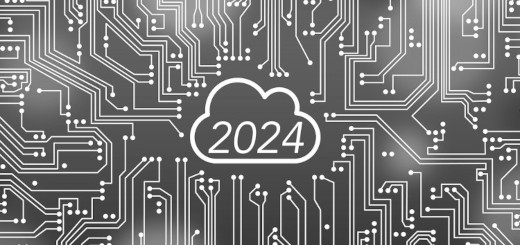Multi & Hybrid Cloud New Cyber Battlefield

The rapid shift toward digital transformation has pushed organizations to embrace multi-cloud and hybrid cloud environments as part of their IT strategy. By leveraging multiple cloud providers, businesses gain flexibility, cost efficiency, and freedom from vendor lock-in. Yet, this evolution has also opened up a new and complex battleground, introducing new cloud cybersecurity challenges and solutions
The Complexity of Multi-Cloud Security
Each cloud service provider operates under its own security frameworks, configurations, and management tools. When organizations use several providers simultaneously—often mixing public and private clouds—managing consistent security controls becomes a daunting challenge. This complexity can easily lead to misconfigurations, which remain one of the most common and dangerous vulnerabilities in the cloud ecosystem.
According to industry studies, human error accounts for roughly 95% of cloud security incidents. Simple mistakes—such as leaving storage buckets unprotected, using outdated Kubernetes versions, or failing to update access policies—can expose sensitive data and create openings for cyberattacks.
The Rise of Shadow IT and Visibility Gaps
Compounding the problem is the growth of shadow IT, where departments or employees deploy cloud-based tools or applications without the knowledge or approval of the IT team. While these tools can enhance productivity, they also bypass established security controls, leading to blind spots in visibility and compliance. For security teams, maintaining a comprehensive view of all assets across different clouds is increasingly difficult but absolutely essential.
The Shift Toward Zero Trust
To combat these challenges, many organizations are adopting the Zero Trust security model. Unlike traditional perimeter-based approaches, Zero Trust assumes that no user, device, or service—inside or outside the network—can be trusted by default. Every request for access must be continuously verified.
In multi-cloud and hybrid environments, this approach helps reduce the risk of lateral movement by attackers and ensures that security is built around identity, context, and continuous validation. Implementing Zero Trust, however, requires a combination of robust identity management, micro-segmentation, and constant monitoring.
Evolving Tools and Automation
Traditional security tools like Security Information and Event Management (SIEM) systems are no longer sufficient on their own. The rise of Extended Detection and Response (XDR) platforms represents a major leap forward. These solutions integrate data from multiple cloud and on-premise sources, using artificial intelligence and machine learning to detect anomalies, correlate events, and accelerate incident response.
Equally critical is automation. Managing the scale and speed of multi-cloud environments manually is impossible. Through Infrastructure as Code (IaC) and automated compliance scanning, organizations can codify security policies, enforce them consistently, and respond quickly to configuration drift or vulnerabilities. Automation not only increases efficiency but also reduces the potential for human error—the root cause of most cloud breaches.
The Human Element and Skills Gap
Despite advances in technology, people remain at the center of cybersecurity. There is a significant shortage of professionals who possess deep knowledge of multiple cloud platforms and understand how to secure them holistically. Bridging this skills gap requires continuous training, cross-platform expertise, and the cultivation of a strong security culture within organizations.
Cybersecurity is no longer just the responsibility of IT departments; it must be a shared commitment across all business units. From developers to executives, everyone plays a role in protecting the organization’s digital assets.
Building Resilience for the Future
As multi-cloud and hybrid cloud strategies become the new norm, organizations must evolve their security posture accordingly. A resilient cloud security strategy combines advanced tools, well-defined frameworks like Zero Trust, automation, and a skilled workforce.
Ultimately, the battle for cybersecurity in the multi-cloud era is not just about defending against attacks. It’s about ensuring visibility, maintaining control, and enabling innovation without compromising safety. Those who can balance flexibility with security will be best positioned to thrive in this increasingly connected, complex digital world, being prepared for the new cloud cybersecurity challenges and solutions.
Read the original article (in Greek).



